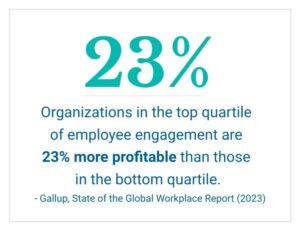Rapid change, volatility, and increasing complexity are testing leaders in unprecedented ways. Economic uncertainty, shifting workforce expectations, technological disruption, and social fragmentation all create a pressing need for strong, steady leadership. But “strong” does not mean rigid. It means responsive, clear-eyed, and deeply human. The leaders who will thrive in this era are those who understand that putting people at the center of the enterprise isn’t a soft ideal—it’s a no-nonsense necessity.
Putting People First
Putting people first means designing your organization—its structures, systems, strategies, and day-to-day culture—around the reality of what it means to be human. That includes honoring people’s drive for purpose, their need for connection, their desire for growth, and their capacity for contribution. It doesn’t mean avoiding hard decisions or indulging everyone’s preferences. It means recognizing that people are not just resources; they are the creators of all value in your organization. It means leading in a way that enables them to work hard, work smart, and work well together.
The Alternative: False Efficiency and Transactional Cultures
The alternative is to treat people as tools or assets to be optimized, rather than as human beings to be led, engaged, and developed. This shows up in transactional management cultures, rigid hierarchies, and systems that favor short-term productivity over long-term performance. These models might deliver a temporary boost in output, but they are unsustainable. Burnout rises. Innovation stalls. Talent leaves. Reputation suffers.
An organization that neglects the humanity of its people might meet targets for a while, but eventually, it breaks. People disengage, take their creativity elsewhere, or worse, stay and contribute the bare minimum. This is not just a cultural issue; it is a strategic failure.
 Organizations Fit for Human Beings
Organizations Fit for Human Beings
Organizations fit for human beings, where people actually thrive, share certain characteristics. They are clear about mission, vision and values, and they align their systems—hiring, goal setting, performance management, recognition, and development—to support them. They empower people to do meaningful work, give them autonomy to solve problems, and hold them accountable to high standards. Leaders are visible and accessible; they are willing and able to listen. Feedback is shared openly and respectfully. There is trust—not just in individuals, but in the organization’s processes and commitments.
These workplaces are not utopias. Teams still make hard decisions, experience conflict, and drive aggressively toward results. But they do so in ways that respect the human beings involved. That’s the difference.
The Business Case
The reason to create organizations designed for human beings isn’t just moral. It is strategic. Companies that prioritize people consistently outperform those that don’t. Numerous studies show that companies with high employee engagement deliver better customer service, greater innovation, higher productivity, and stronger financial performance.
Leaders are responsible for results. And results are driven by people. Your systems and strategies may be brilliant, but if your people aren’t engaged, aligned, and thriving, they won’t execute effectively.
Human-centered leadership isn’t about coddling people—it’s about enabling them to perform. And that happens when people feel a sense of purpose, are treated with dignity, and are equipped with the tools, information, and support they need to succeed.

Achieving Results, Through People
Leaders do not drive results directly. They create the conditions under which others do. They shape culture by what they say and do. They influence performance through how they set expectations, provide support, and hold people accountable. They design systems and structures that either help or hinder collaboration, speed, focus, and adaptability.
In other words, if your leadership behavior, systems, and structures support people in their ability to work hard, work smart, and work well together, your organization will thrive. If they undermine that ability, performance suffers—regardless of your strategy.
Aligning with Core Human Needs
One of the most overlooked responsibilities of leadership is to align the organization’s values and practices with the core psychological needs that all people share. These needs—which Dr. Bell has coined the Basic Elements of Human Existence, or BEHEs—are not just nice-to-haves. They are fundamental drivers of motivation, behavior, and performance. Leaders who ignore them do so at their own risk. Leaders who understand them and build systems that satisfy them unlock discretionary effort, loyalty, and innovation.
Our Mission
Bell Leadership exists to help people build their personal effectiveness and leadership skills to contribute to humankind. We build leaders who build organizations and teams fit for human beings. Why? Because when people are treated as humans, rather than as parts of a machine, they do good, valuable work that makes a difference. They feel good about their contribution, which allows them to feel good about themselves and to lead well in their own lives. They can support their families, educate their children, and contribute to their communities. That’s not just good for them. It’s good for your business, your mission, your customers, and the world we share.
Great Leaders Build Great Organizations
In the end, leadership is neither about command and control, nor individual achievement. It’s about contribution and creation. Great leaders build great organizations—ones optimized for human engagement where people can do their best work. If you want your business to grow, build your people. And to build your people, start by building yourself. Develop the mindset, the skills, and the courage to lead in a way that’s both human and effective. That’s not soft. That’s leadership.
PRACTICAL ACTIONS: Leading for Human Effectiveness
So, what can you do to develop an organization fit for human beings? Here are three steps:
- Reconnect with Purpose: Revisit and refine your organization’s mission, vision, and values. Are they still relevant and clear? Do your people believe in them—and are they motivated by them? And most importantly, are you living them in practice?
- Read the Environment: Pay attention to what’s changing, inside and outside your organization. What challenges and opportunities are emerging? What do your people see and experience? Their insights are often the key to solving real problems and seizing the right opportunities.
- Understand Your People: Assess how your people are doing. Are they thriving? Are they engaged, committed, and contributing to the results that matter most? Knowing where your people stand is essential to leading them well—and equipping them to respond to what’s next.
Looking to build the people that build your organization?
Connect with a Bell Leadership expert to explore the best solutions for your team.

